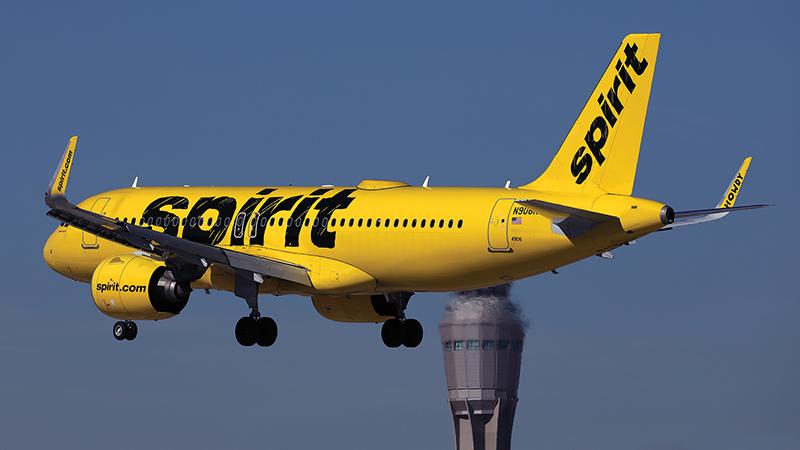Analysis: How A U.S. Judge Brought Down America’s True Low-Fares Sector

A Spirit Airbus A320neo.
Credit: Rob Finlayson
"To those dedicated customers of Spirit, this one’s for you,” U.S. federal judge William Young wrote in his January 2024 decision that ended the proposed Spirit Airlines-JetBlue Airways merger. It took less than a year for those words to take on quite a different meaning: Florida-based no-frills...
Analysis: How A U.S. Judge Brought Down America’s True Low-Fares Sector is part of our Air Transport World subscription.
Subscribe now to read this content, plus receive full coverage of what's next in air transport from the experts trusted by the global air transport community. Every article focuses on what airline management professionals need to run their airline, including crucial analysis and insights in financing, airframes and engines, environmental and regulatory pressures and much more.
Already a subscriber to ATW or an AWIN customer? Log in with your existing email and password.






